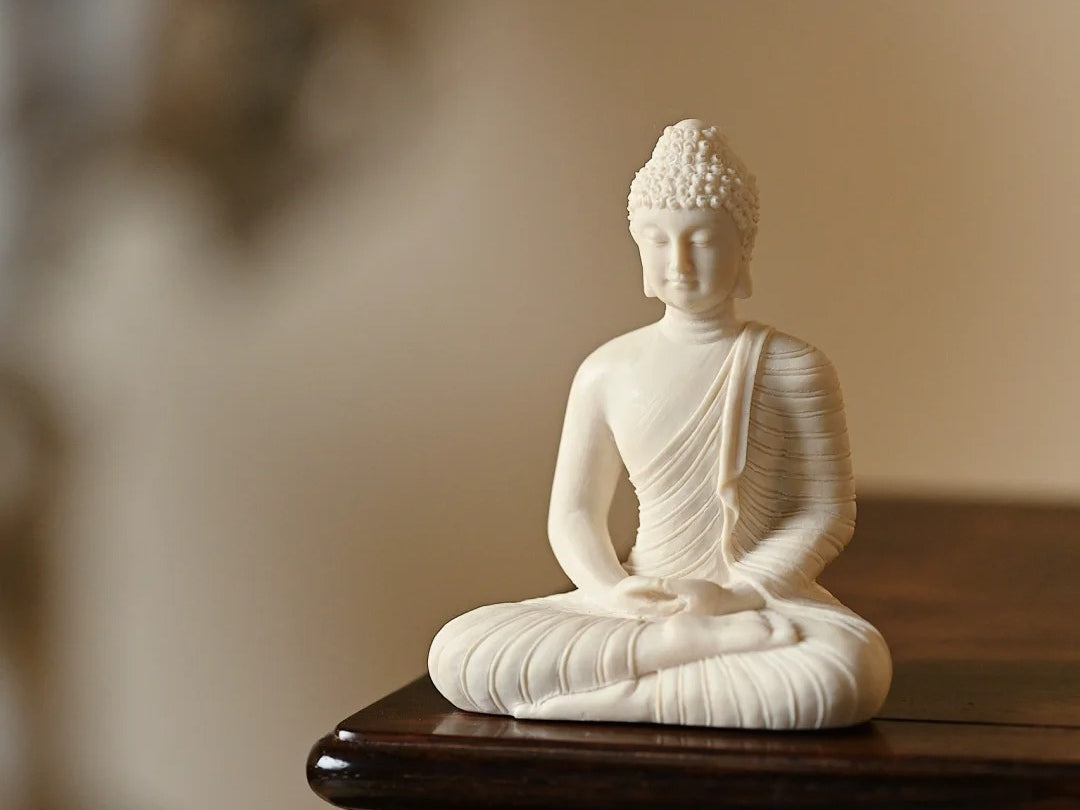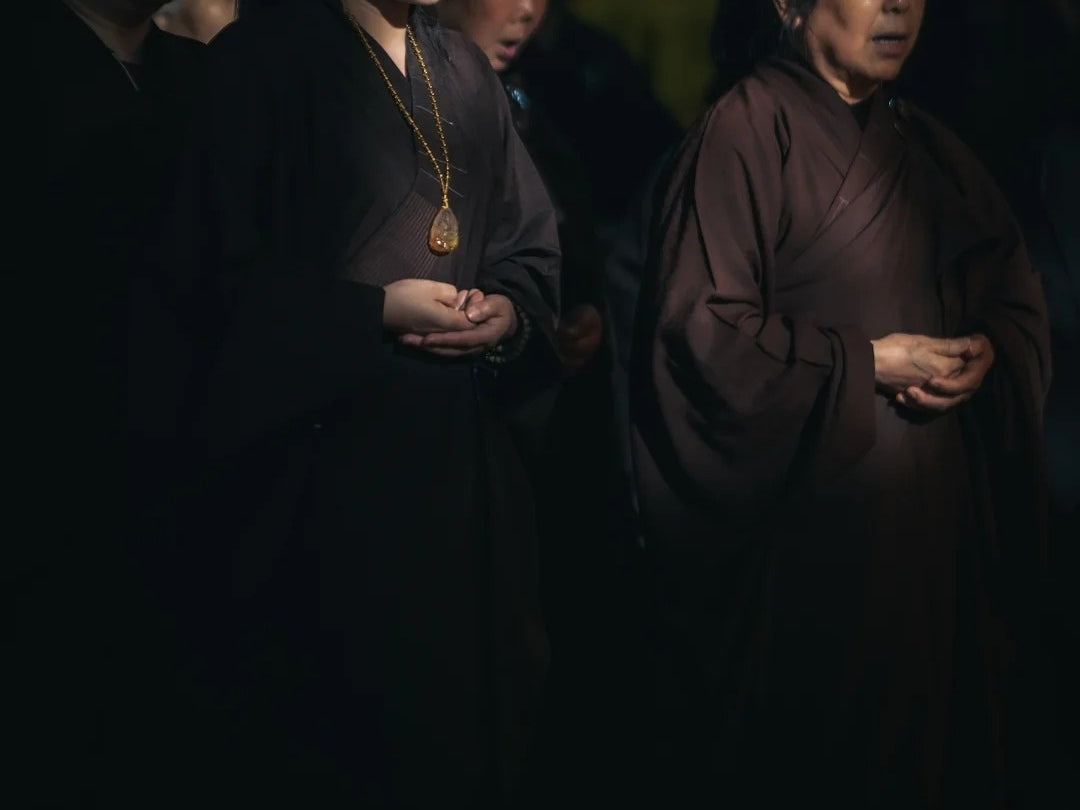In Buddhist traditions, the phrase "Amituofo" holds deep spiritual significance. It is not just a greeting or chant but a profound expression of faith and mindfulness. Let’s explore its origins, meanings, and why it continues to be an integral part of Buddhist practice today.

What Does Amituofo Mean?
The term "Amituofo" is the Chinese transliteration of the Sanskrit name Amitabha, meaning “Infinite Light” or “Infinite Life.” Amitabha Buddha is a central figure in Mahayana Buddhism, particularly in Pure Land traditions. Known for his boundless compassion and wisdom, he is believed to guide those who invoke his name to the Western Pure Land—a realm of peace and enlightenment.
When Buddhists say "Amituofo", they are expressing respect, gratitude, and a sincere wish to connect with the qualities of the Buddha. It is both a form of mindfulness and a reminder of the teachings of compassion and wisdom.

The Practice of Chanting Amituofo
In Buddhist practice, chanting "Amituofo" serves several purposes:
-
Mindful Focus
Chanting helps practitioners focus their minds and reduce distractions. Holding a set of prayer beads, or Buddhist Jewelry, such as Buddha pendant necklaces or malas, further enhances this practice. The tactile experience of counting beads aligns the body and mind, deepening concentration. -
Cultivating Positive Energy
The repetitive invocation of Amituofo generates positive energy, purifies the mind, and fosters a sense of inner peace. This aligns with the Buddhist goal of transcending suffering and achieving enlightenment. -
Building Connection with the Pure Land
For followers of Pure Land Buddhism, chanting Amituofo is a way to establish a spiritual connection with Amitabha Buddha. This act is believed to accumulate merit and pave the way for rebirth in the Western Pure Land.

Cultural and Historical Significance
The practice of chanting Amituofo is widespread in East Asia, particularly in China, Japan, and Korea. Introduced to China during the Han dynasty, the concept of Amitabha and the Pure Land took root and became a core aspect of Chinese Buddhism. Japanese Pure Land schools emphasize similar practices, where chanting Amitabha’s name—known as Nembutsu—is a central tenet.
Today, saying Amituofo is a common greeting among Buddhists, symbolizing mutual respect and shared aspirations for enlightenment.

Incorporating Amituofo into Daily Life
Many Buddhists incorporate the chanting of Amituofo into their daily routines. Whether it’s during meditation, while walking, or in moments of stress, this practice acts as a reminder to stay present and mindful. It’s common to see practitioners holding Buddhist Jewelry, such as a Buddha pendant, which serves as a tangible representation of their faith and devotion.

These items, like prayer beads or pendants depicting Amitabha, hold spiritual and cultural significance. At QiLing Aura, we honor this tradition with handcrafted Buddha necklaces and prayer beads inspired by Tibetan Buddhist artistry, allowing individuals to carry the blessings of Amituofo wherever they go.
Why Amituofo Resonates with So Many
The universal appeal of Amituofo lies in its simplicity and profound meaning. It is a phrase that embodies compassion, hope, and mindfulness. Whether chanted as a form of meditation or spoken as a greeting, Amituofo serves as a bridge between the mundane and the sacred, reminding us of the boundless light and life that Amitabha Buddha represents.
For anyone seeking spiritual connection or peace of mind, the practice of chanting Amituofo and using symbolic items like Buddha pendant necklaces offers a meaningful way to embrace these timeless teachings.

Conclusion
Saying "Amituofo" is more than a chant—it’s a spiritual practice that has endured for centuries, offering solace and inspiration to millions. Whether you are drawn to its cultural richness or its deep spiritual meaning, exploring this tradition can open pathways to mindfulness and compassion in your daily life.




